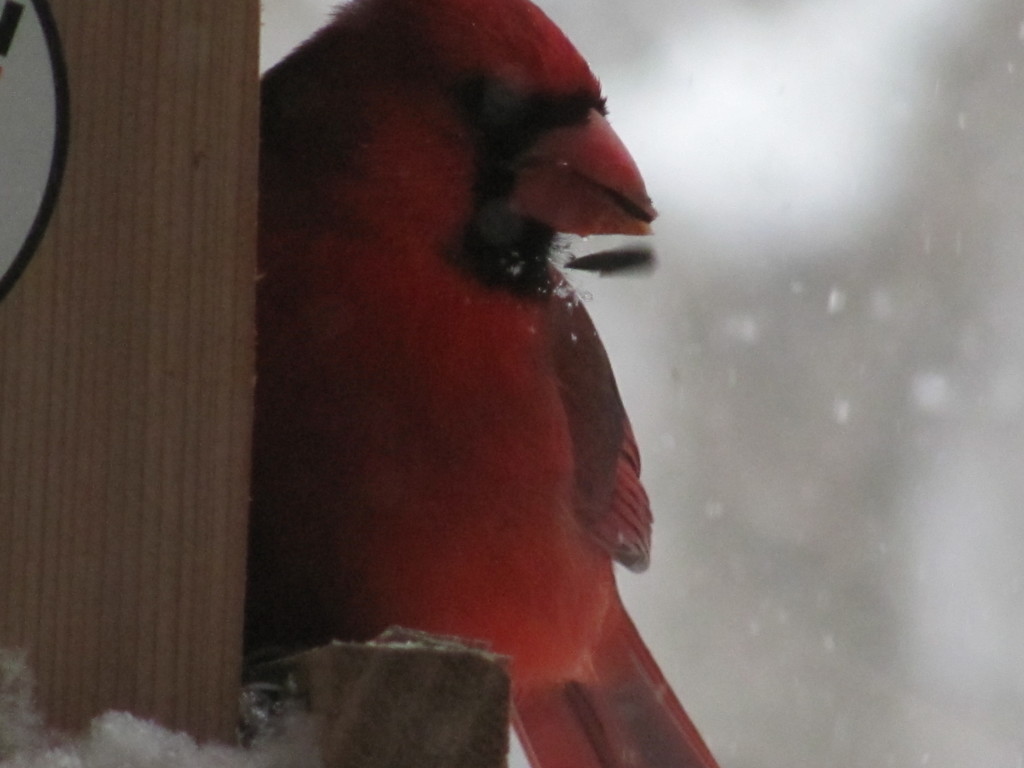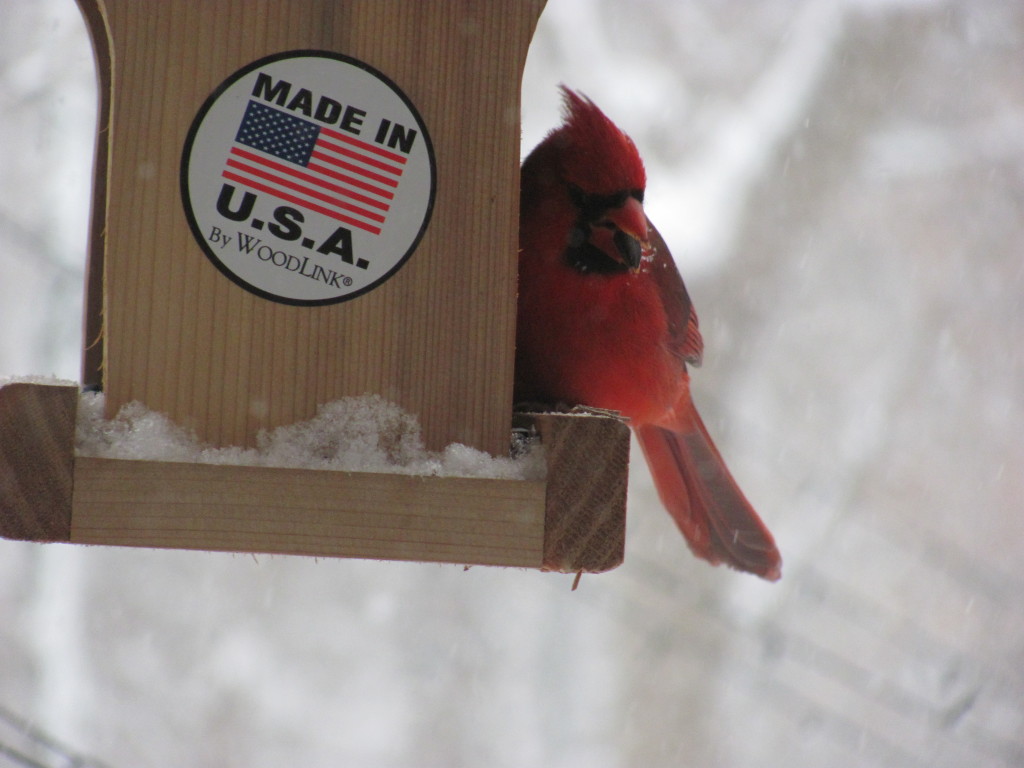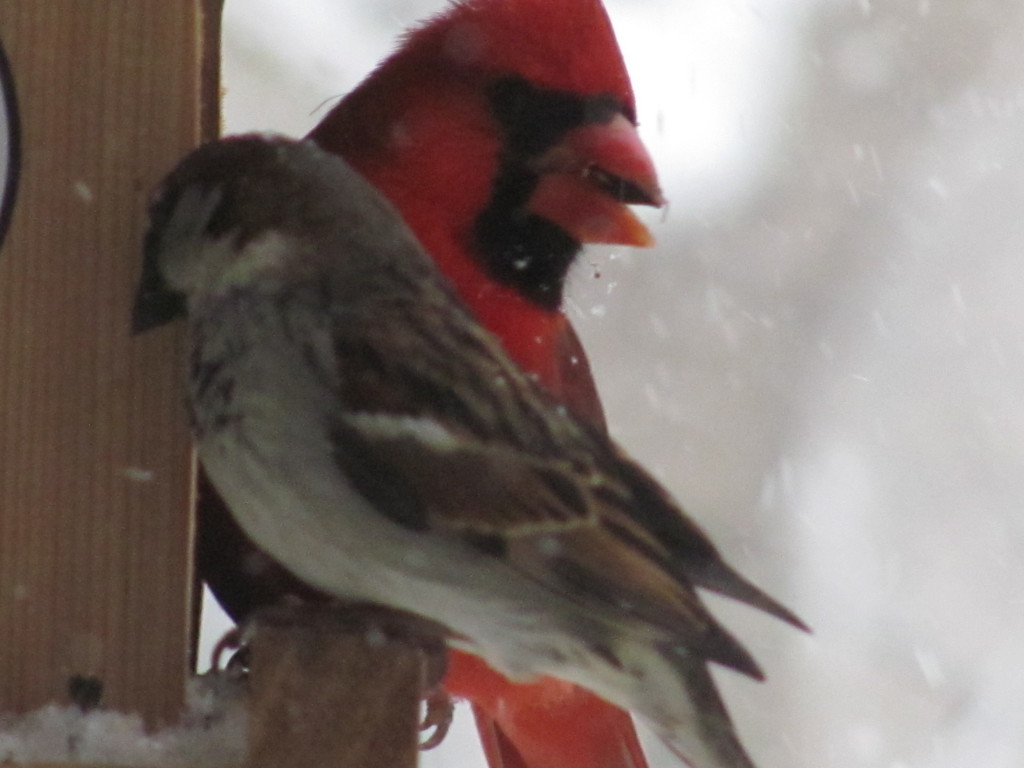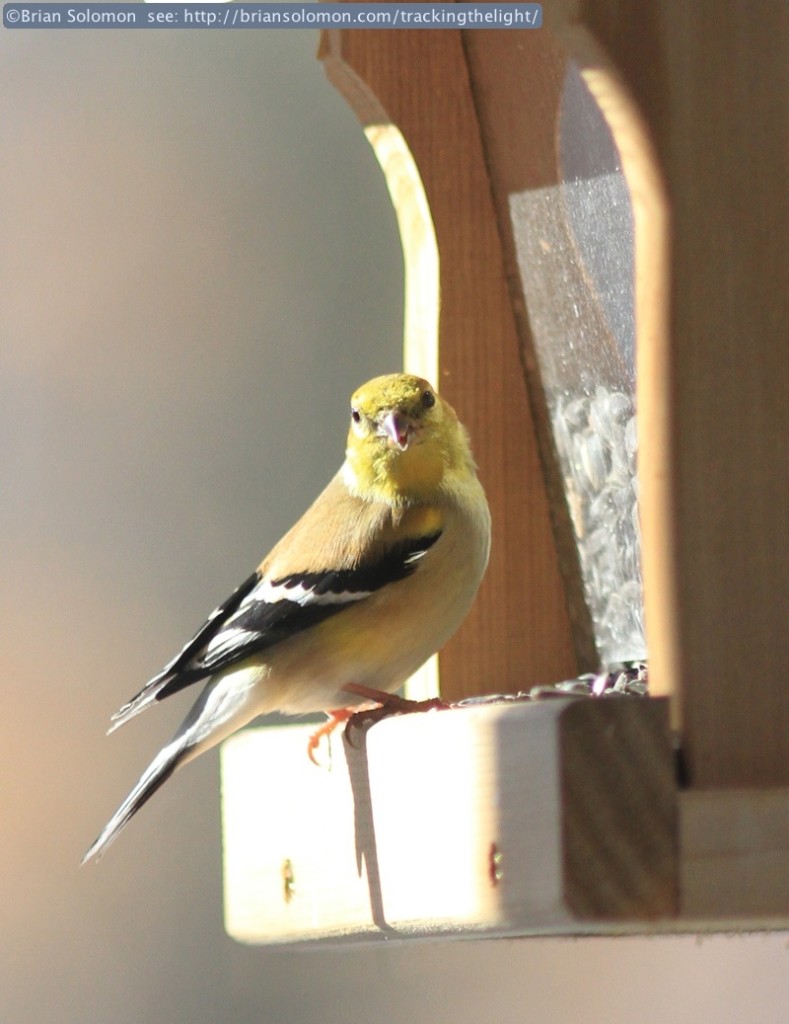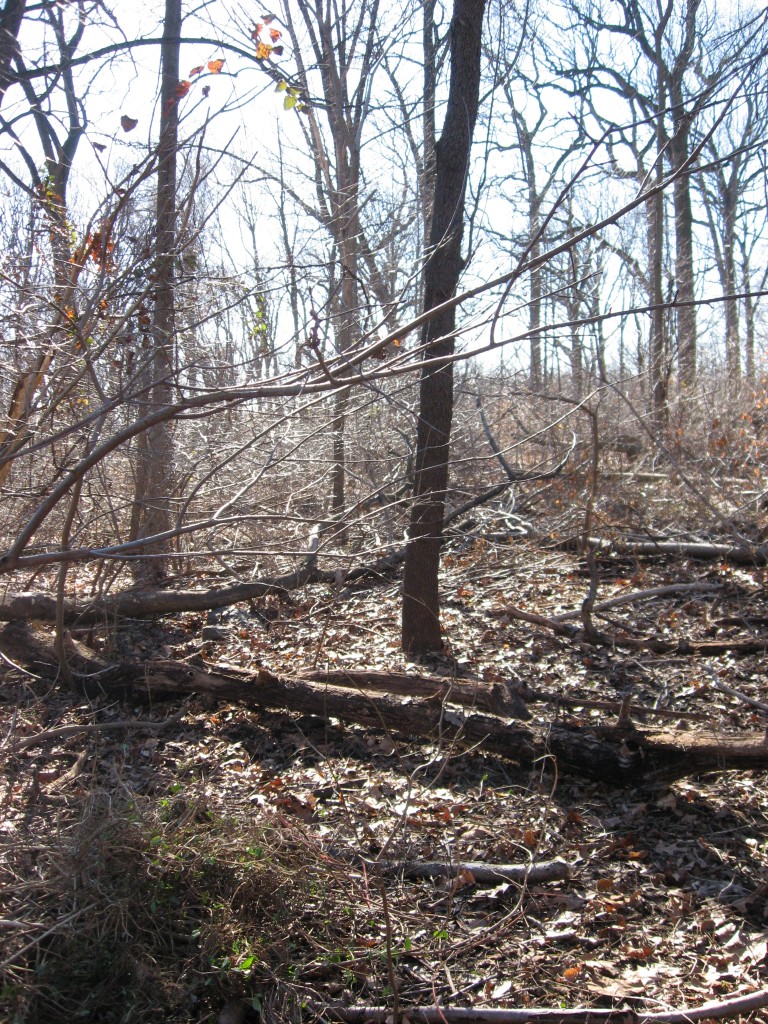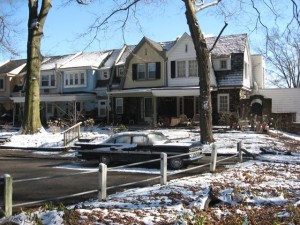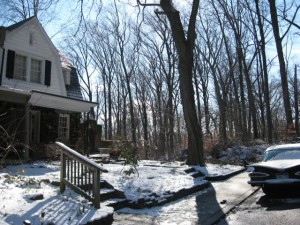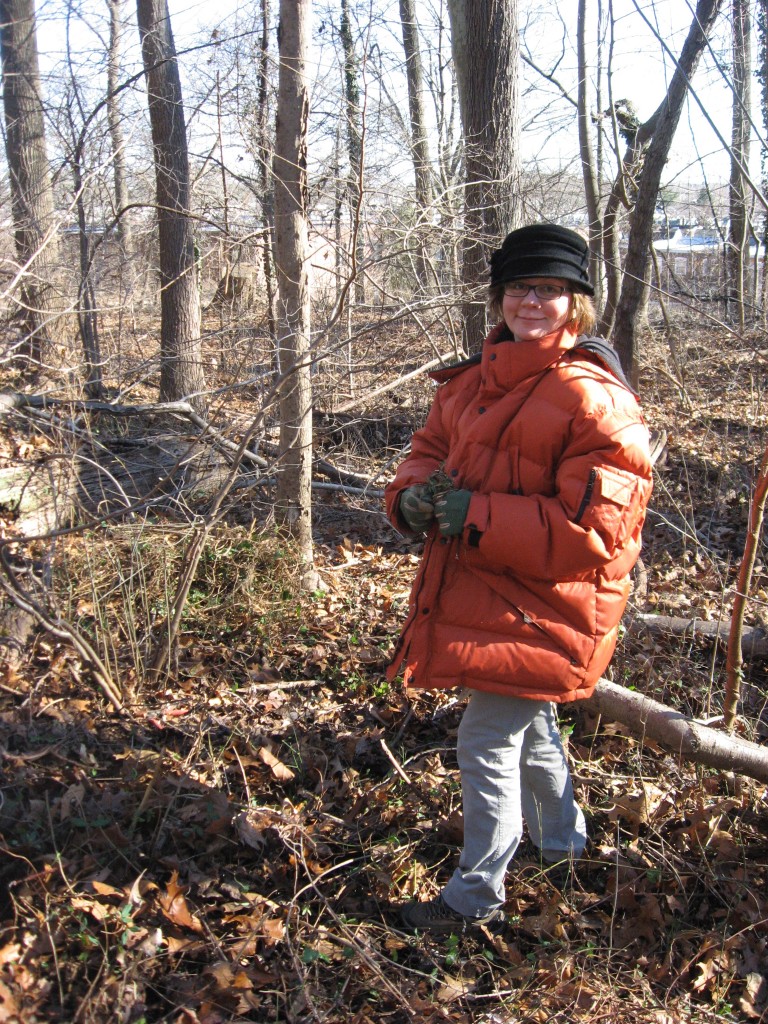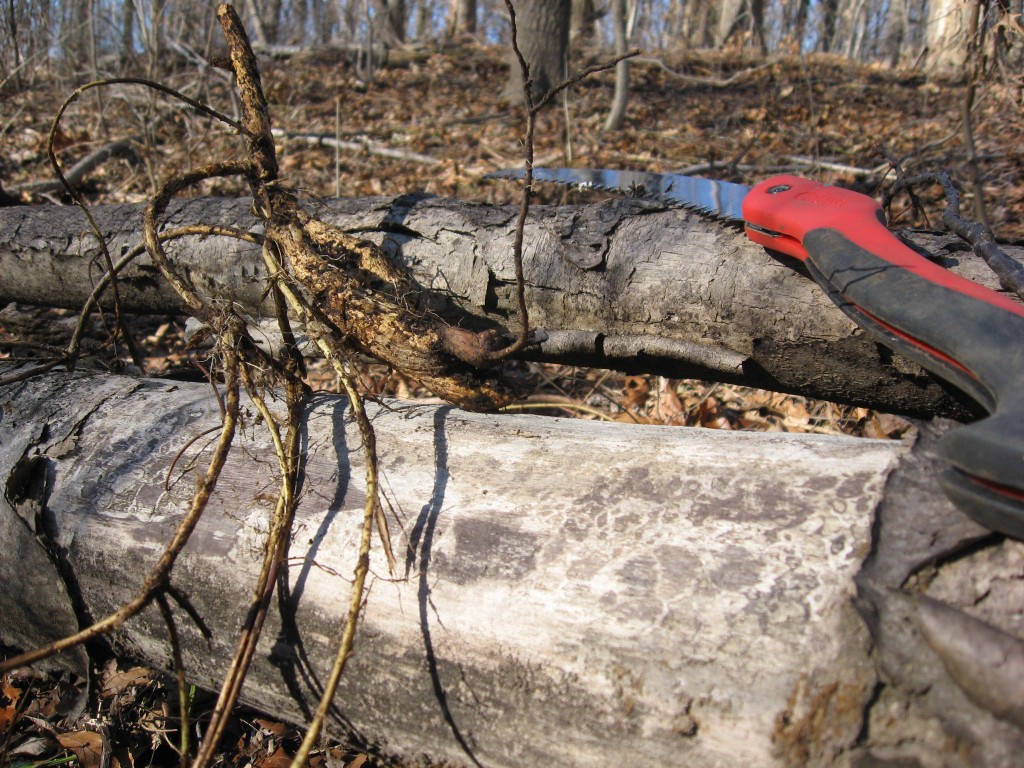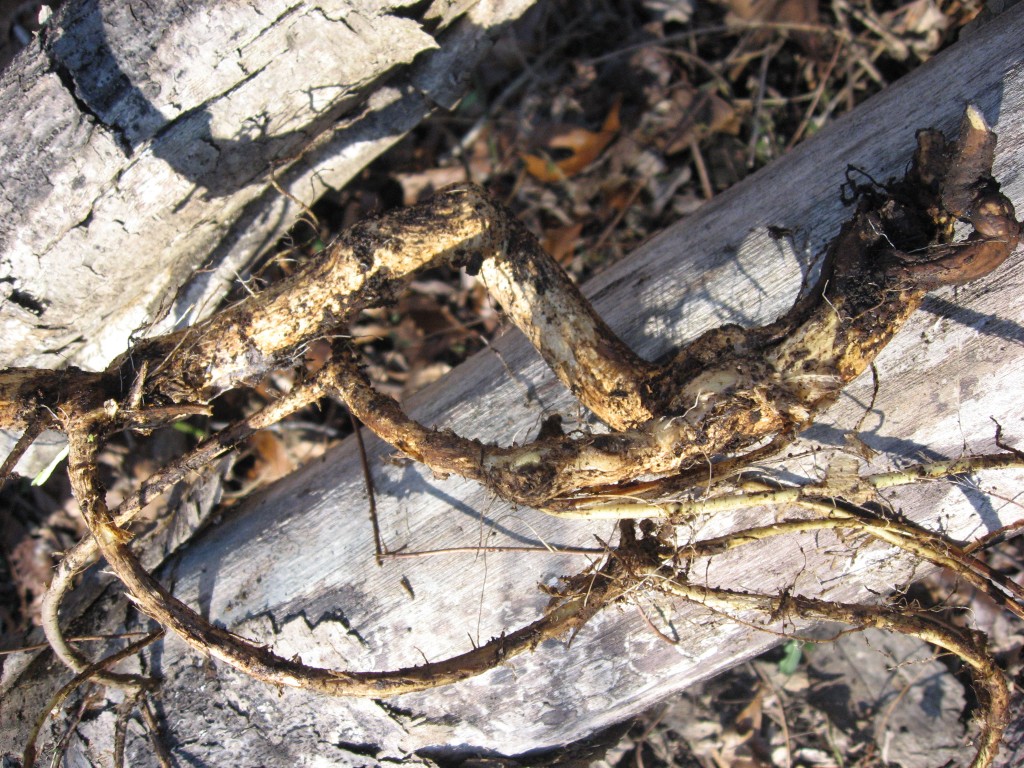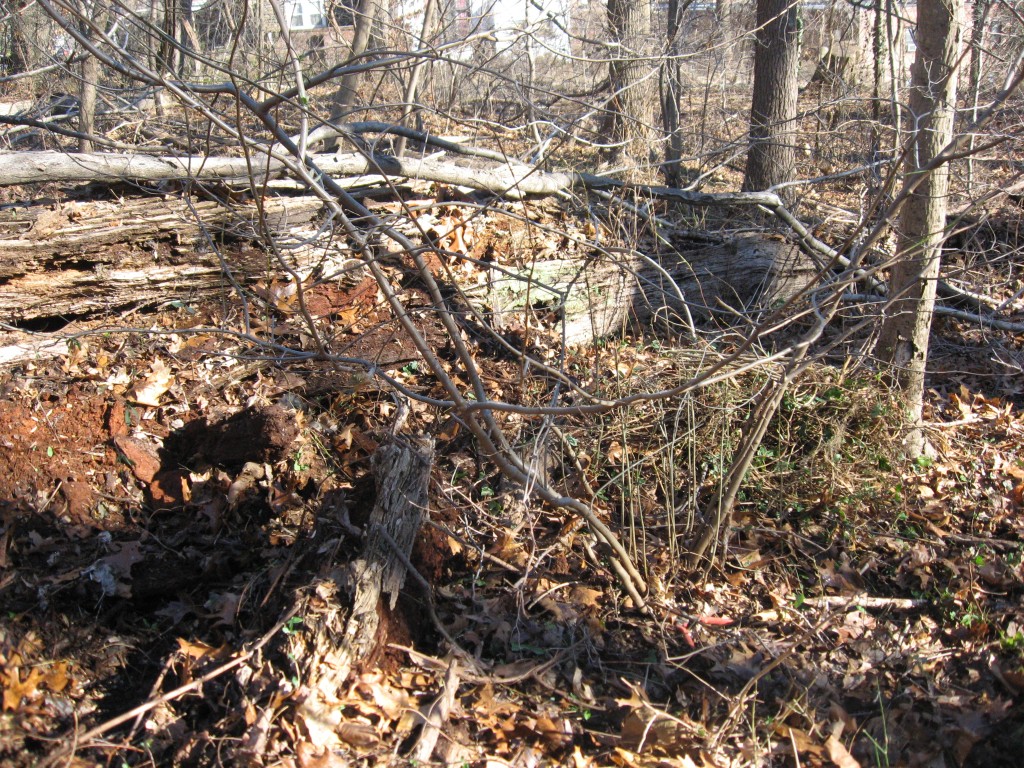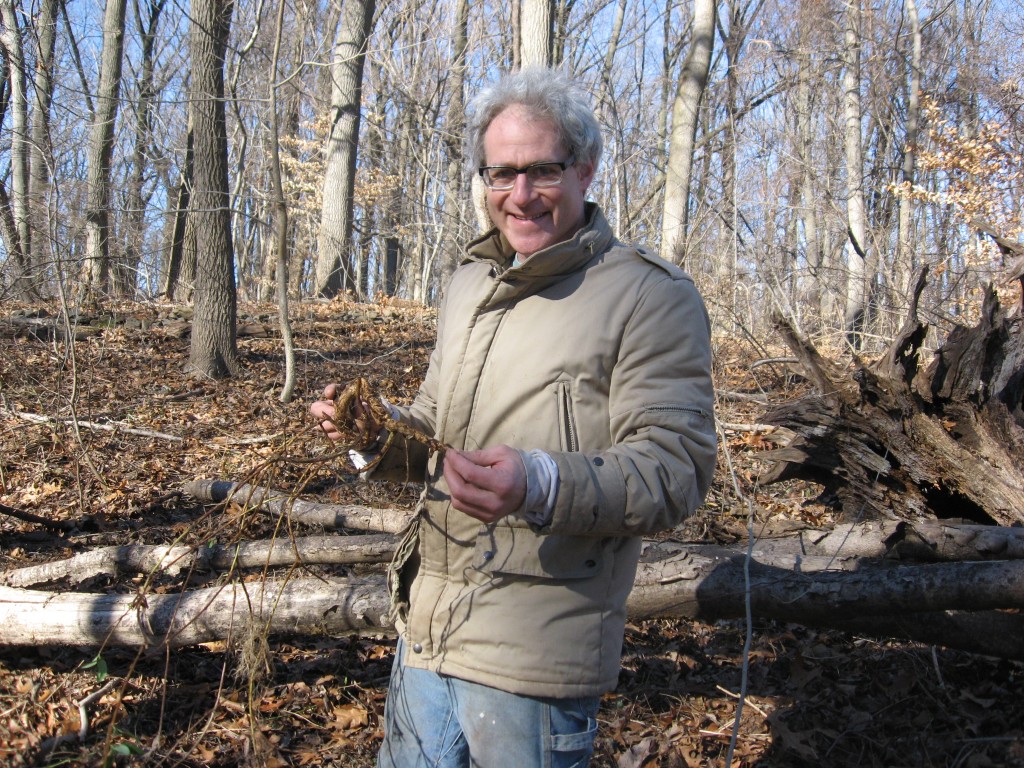A special edition! A 3 month long Time Lapse video of Morris Park in just one minute! Imagine that, the bulk of winter in just one minute! First we write and reflect, then we watch:
Before Spring Begins
Before Spring begins remember that every Spring is different from the last so it makes it difficult to plan for a perfect spring day. That is why it is important to take a Spring Vacation, hopefully one of those days will be that one day we were waiting for, when the weather is balmy and wildflowers are blooming, and we are there to enjoy it. In every region, this Springtime happens at different times of the year, here in Morris Park, Philadelphia, it happens from late March into early May. In the Southeastern Pennsylvania region, April is the special Spring month, mark your calendars!
However, before Spring begins, we must experience our winter. We have been seeing a lot of different types of snow, from dry and fluffy to wet and heavy. Some windy storms, drifting and dramatic, to just a heavy fall, creating a quiet cold and white world. And then the ice storms and the old snows crystallizing, becoming  architectural and difficult to transect. Winter becomes increasingly wearisome and monotonous, the cold, the darkness, the ice, the dirty snow piles and the daily slush.
Before winter ends, we must do our best to embrace the beauty of even the most challenging conditions, starting with the skies and the winter light-that low sun-how generous it really is to the barren landscape. The old city, with dirty piles of snow and aged buildings is most often basking in a winter’s glow, a light that is kind upon the decrepit brick piles and worn architectural profiles.
Upon the Forest remnants of the city, along with the open parklands, the winter’s sun explores the landscape for us, allowing ours eyes to stretch the distances and see the land before us, the hills and valleys, the details of the topography, the erosion of the landscape along with its deposition, the floodplains and streambeds, the broad rivers, and the vast expanses of flat lands of the coastal plain. The barren lands exposed before us in the winter’s glow undulate with old eroded hills and grand valleys that span thousands of winter’s time. We can look at the land in the winter, and see the hills.
With the ground exposed, there are rocks. And when the snow cover becomes more permanent, the hillsides, clothed in white, reflect an atmosphere that is quintessentially winter, white hillsides, sometimes glistening in the low winter sun, and sometimes barriers to the sunlight, becoming heavy monuments to winter’s dominance in the landscape and the time.
Before winter ends we gain so much aesthetic fulfillment from our appreciation of the trees. Each specimen like an x-ray of itself, the trees lay bare for so many months, like skeletons, except that these are common enough skeletal forms, a good part of the year they are exposed in silhouette, creating an elegant backdrop to the winter season. This is indeed the time to study and enjoy the shape of the trees, to see the inherent patterns of the growth forms, because each species is so distinctive, after awhile, we can distinguish the types of trees from their winter silhouettes, and this is a fun habit and exercise!
These silhouetted landscapes of the winter and the beauty they convey to us, after our own needs are met, provide a sublime beauty, one that we want to embrace and share, to paint and ink, to photograph and relate poetically, the winter forest is that accessible and enchanting, the raw forms of life and shapes, and the stark contrasts of colors, the winter-scape is a silhouette we can grasp and appreciate.
Learning a language is enlightening enough, try learning the language of the trees in our forests; there is that one day when we start to see the exquisite results of our efforts at learning, and we can distinguish them, and the forest is new to us again!
The trees have a universal language of shape and habit, and once we recognize them we can see them everywhere, on the city streets, on lawns, cemeteries, parks and in the forests alongside the road, the trees become ours as we distinguish them and begin to understand them, their habits, habitats, forms and limitations. To see them in winter is so dramatic, because we can really comprehend their growth form and structure, we can appreciate the structure before Spring begins. Seeing a bare forest in the winter is mesmerizing because of its intricacy and raw beauty, with the trees lined up, side-by-side and intermingled, jumbled, the endless branches, twigs, trunks, all of them silhouetted in the winter’s sun, there within we see the beauty of the trees, the winter forest, the winter sun’s light, our eyes can stretch into the landscape, beyond our imaginations, just what we need in the cold relentless winter.
Into the landscape and beyond, through that stand of trees caught beautifully in the sunlight, beyond into the sky, past the farm fields and subdivisions, highways and strip-malls, and best of all, the preserved lands and the forgotten ones, we must continue to stretch our vision into and through these forests of continually growing trees. If we keep looking, we will see Spring burst forth eventually from these isolated stands of silhouetted trees, area by area and spot by spot, and below them, we will see the flowers bloom. The sky changes, and the world moves into a different light.
And goodbye winter!
Moving right along, it is indeed movie time, all of winter in one minute! So the Ipod touch was set up on a tripod in the Living room window facing the forest-land of Morris Park. This device was in dedicated service with this project and could not be used for anything else. the O-Snap app was used which is very good for time-lapse photography. The app was adjusted to have the camera take a picture every two hours. the night shots were deleted manually, ending with 385 pictures. Take note of the numerous snowfalls exhibited and also notice how the setting sun moves from the left to the right as the axis of the earth changes in relation to it and it sets further and further north on a daily basis.
Also the tripod was bumped a few times very slightly altering the video by Nuage the cat who took great interest in the birds visiting the bird-feeder just outside the window.
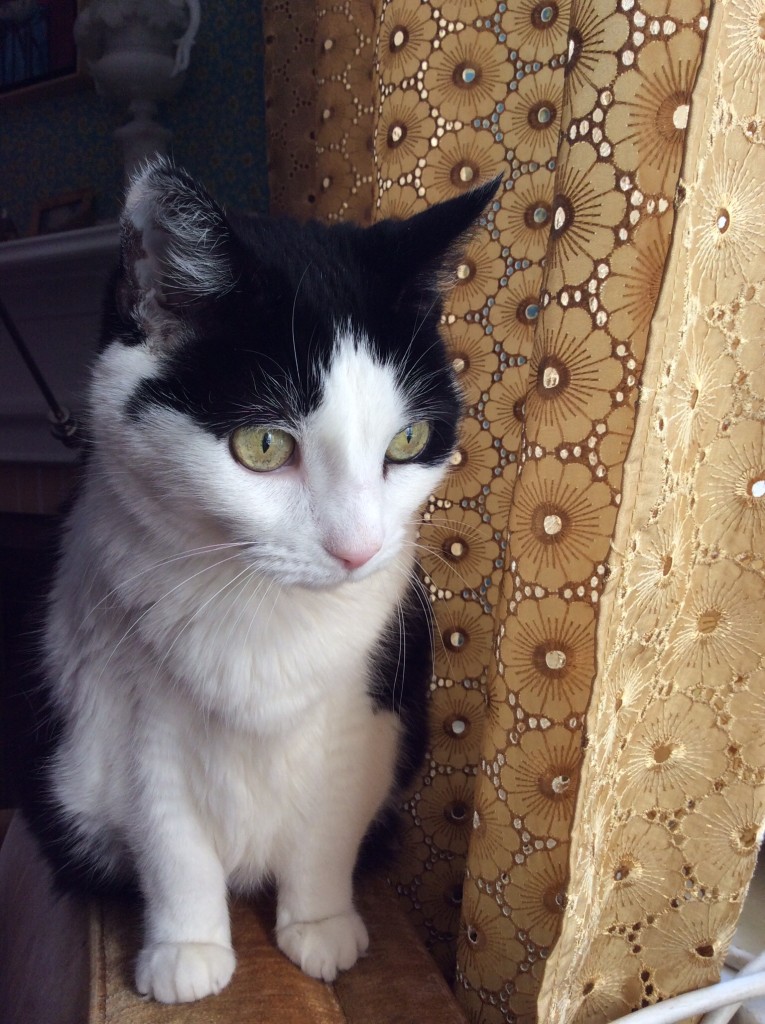
By having the birdfeeder and the Ipod on the tripod , not to mention the beautiful forest just outside the window kept us very entertained throughout the long dreary winter days. Enjoy the Video and Happy Spring!
CLICK ON THE LINK BELOW TO EXPERIENCE WINTER IN ONE MINUTE!



